-
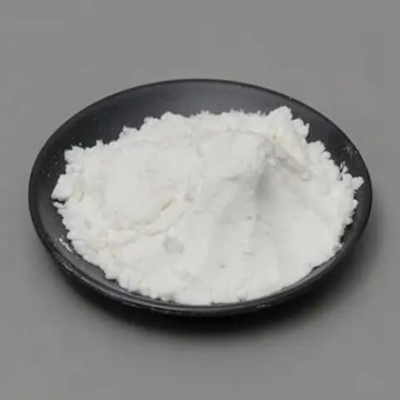
Physostigmine salicylate CAS:57-64-7
Physostigmine salicylate is a medication that belongs to the class of drugs known as cholinesterase inhibitors. It is primarily used for its effects on the nervous system, specifically in the treatment of certain conditions like myasthenia gravis and glaucoma. Physostigmine salicylate works by inhibiting the breakdown of acetylcholine in the body, leading to increased levels of this neurotransmitter in the brain and muscles. This mechanism of action helps to improve muscle strength and tone in myasthenia gravis patients, as well as reduce intraocular pressure in individuals with glaucoma.
-
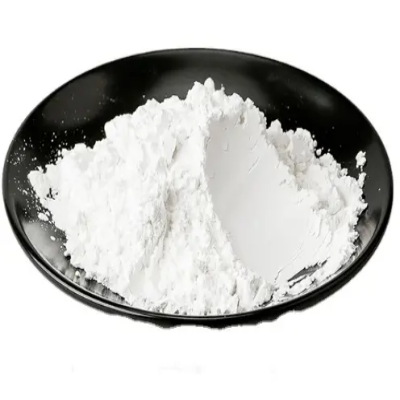
Trimethoxysilane CAS:2487-90-3
Trimethoxysilane is a silane coupling agent with the chemical formula C3H10O3Si, containing three methoxy groups attached to a silicon atom. It is a colorless liquid that undergoes hydrolysis in the presence of moisture, forming silanol groups that can react with various substrates to improve adhesion and compatibility in materials science applications.
-
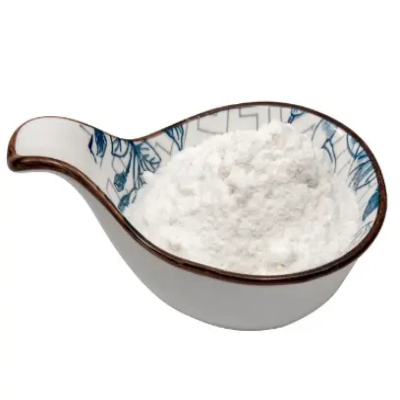
Phenyltrimethylammoniumtribromide CAS:4207-56-1
Phenyltrimethylammoniumtribromide is a quaternary ammonium salt with the formula (C6H5)N(CH3)3Br3, composed of a phenyl group and three methyl groups attached to an ammonium cation along with three bromide anions. It is a solid compound that is used as a versatile reagent in organic synthesis, particularly in bromination reactions for the introduction of bromine atoms into organic molecules.
-
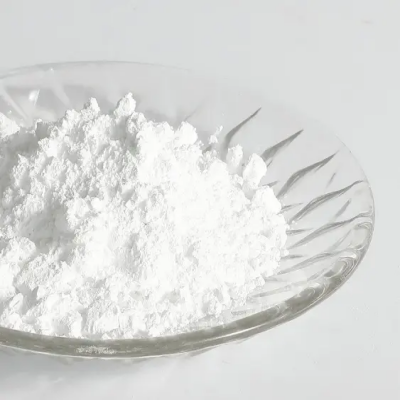
Triethoxyoctylsilane CAS:2943-75-1
Triethoxyoctylsilane is a silane coupling agent with the chemical formula C16H36O3Si, consisting of an octyl group and three ethoxy groups attached to a silicon atom. It is a colorless liquid that serves as a surface modifier and adhesion promoter in various material applications, offering enhanced compatibility and bonding capabilities between organic and inorganic components.
-
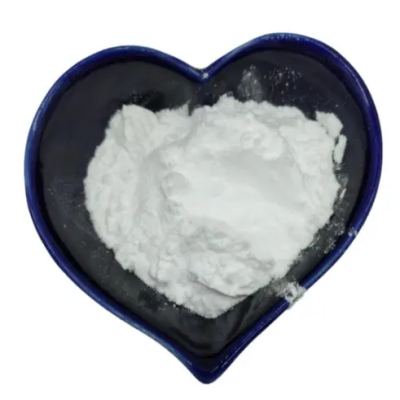
Phenyltrimethoxysilane CAS:2996-92-1
Phenyltrimethoxysilane is a silane coupling agent with the chemical formula C9H14O3Si, containing a phenyl group and three methoxy groups attached to a silicon atom. It is a clear liquid that is soluble in organic solvents and used as a versatile precursor in organosilicon chemistry for surface modification and material synthesis.
-
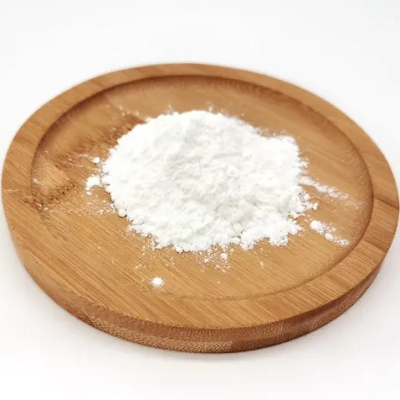
Phenethylalcohol CAS:60-12-8
Phenethylalcohol, also known as 2-phenylethanol, is a colorless liquid with a floral rose-like odor. It is naturally occurring in various essential oils like rose oil and carnation oil. This compound is commonly used in the fragrance and flavor industry due to its pleasant aroma. In addition to its use in perfumery, phenethylalcohol is utilized in cosmetics, soaps, and other personal care products for its appealing scent.
-

L(+)-Lacticacid CAS:79-33-4
L(+)-lactic acid is a form of lactic acid that exists in the optically pure left-handed configuration. It is a colorless, water-soluble liquid with a mild acidic taste and odor. This organic acid is naturally present in fermented foods like yogurt and sauerkraut. L(+)-lactic acid has various industrial applications due to its properties and versatility.
-

ISOPROPYL(S)-(-)-LACTATE CAS:63697-00-7
ISOPROPYL(S)-(-)-LACTATE is an optically active compound derived from lactic acid, featuring an isopropyl group and existing in the S-enantiomeric form. This liquid substance possesses unique properties due to its specific molecular configuration.
-
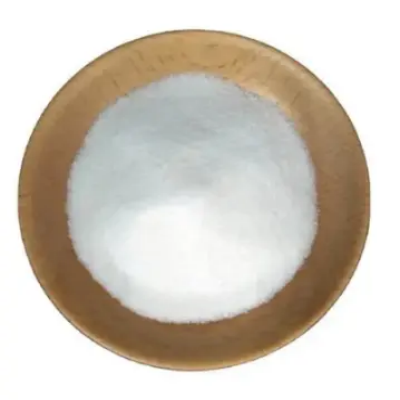
HEPESSodiumSalt CAS:75277-39-3
HEPES Sodium Salt, also known as 4-(2-Hydroxyethyl)-1-piperazineethanesulfonic acid sodium salt, is a buffering agent commonly used in biological and biochemical research. It is a zwitterionic organic compound that helps maintain a stable pH environment in cell culture and biochemical assays. HEPES Sodium Salt is highly soluble in water and has minimal interference with biological systems, making it an ideal choice for various applications.
-
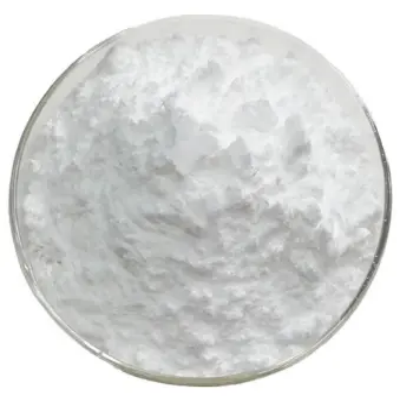
HEPES CAS:7365-45-9
HEPES, which stands for 4-(2-Hydroxyethyl)-1-piperazineethanesulfonic acid, is a zwitterionic organic compound commonly used as a buffering agent in biological and biochemical research. It is a widely utilized buffer due to its high solubility in water, minimal impact on biological systems, and ability to maintain a stable pH environment. HEPES is essential for maintaining optimal conditions in cell culture, enzyme assays, and various biochemical experiments.
-

Octanoicacid CAS:124-07-2
Octanoic acid, also known as caprylic acid, is a saturated fatty acid with a chemical formula C8H16O2. It is a colorless oily liquid with a slightly unpleasant odor. This compound occurs naturally in various foods such as coconut oil, palm oil, and milk. Octanoic acid is used in different industries including food, pharmaceuticals, and cosmetics due to its diverse properties.
-

N-MethylTaurineSodiumSalt CAS:4316-74-9
N-MethylTaurine Sodium Salt is a compound formed by the combination of N-methyltaurine and sodium ions. It is commonly used in scientific research and pharmaceutical applications due to its unique properties. This compound plays a crucial role in various biochemical processes and has potential therapeutic benefits.

